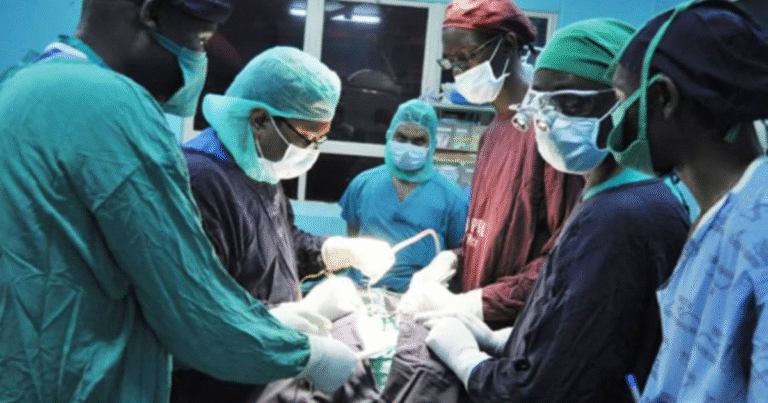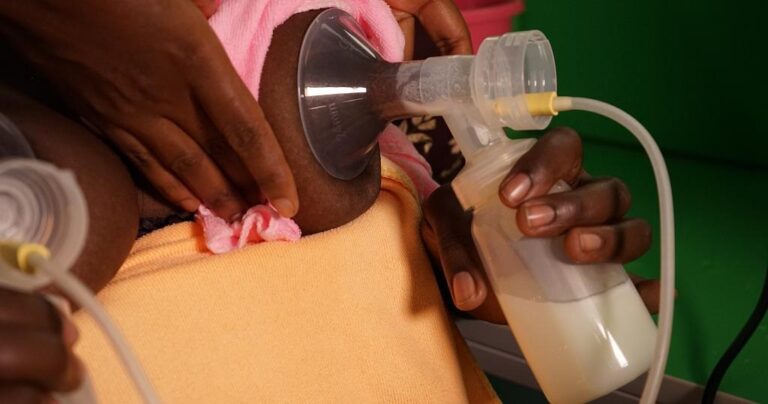With approximately 96,000 new tuberculosis (TB) cases reported each year, Uganda remains among the 30 high-burden countries for both TB and TB-HIV co-infections. Alarmingly, around 35% of TB cases are also linked to HIV, while 2% involve drug-resistant TB, further complicating treatment and recovery outcomes.
At the same time, leprosy—though officially eliminated as a public health concern over two decades ago—has shown a worrying resurgence. Annual cases have risen from 180 to about 350, with 21% presenting with Grade II disabilities, highlighting delays in detection and diagnosis. Additionally, child leprosy cases have increased from 8% to 13%, indicating continued community-level transmission.
In response, Uganda’s Ministry of Health (MoH), supported by the World Health Organization (WHO) and other partners, recently carried out a comprehensive review of the national TB and leprosy programme. This review is intended to inform the development of the next five-year Strategic Plan (2025/26–2029/30) aimed at ending TB and achieving zero leprosy cases by 2030.
The review comes at a time of growing financial pressures and shifting global health priorities. However, Hon. Dr. Jane Ruth Aceng, Minister of Health, reaffirmed her commitment to championing increased domestic financing for TB and leprosy interventions.
“Uganda still bears a heavy TB burden. I am committed to presenting a policy brief on TB and leprosy to Cabinet and advocating for increased domestic resources to support this programme,” Dr. Aceng said.
Despite these challenges, Uganda has made important progress, particularly in expanding community-based TB screening and improving detection through WHO-recommended chest X-ray screenings — even among people without symptoms.
“We’ve embraced innovations in community awareness, screening, and testing, alongside the use of chest X-rays to catch TB cases earlier,” said Dr. Evelyne Tibananuka, WHO Uganda’s TB/Leprosy Technical Officer.
“However, we still have a long way to go. We must focus on addressing TB at the grassroots and tackle its underlying drivers.”

This call for stronger grassroots efforts was echoed by Dr. Charles Olaro, Acting Director General of Health Services at the Ministry of Health, who stressed the need to empower Community Health Extension Workers (CHEWs) with the knowledge and tools to drive advocacy and create demand for TB and leprosy services at the community level.
WHO continues to work in close collaboration with Uganda’s Ministry of Health, offering technical expertise, innovation, and global best practices to help the country meet its targets.
The findings from this programme review will shape Uganda’s upcoming National Strategic Plan, which will focus on targeted, data-driven interventions aligned with field insights and stakeholder input.
Dr. Suraj Man Shrestha from WHO Uganda commended the Ministry’s efforts and emphasized the need to integrate TB and leprosy services within the broader health system to foster resilient, patient-centered healthcare.
“WHO remains fully committed to supporting Uganda’s journey to end TB and leprosy through strengthened systems, innovation, and continuous collaboration,” he said.





